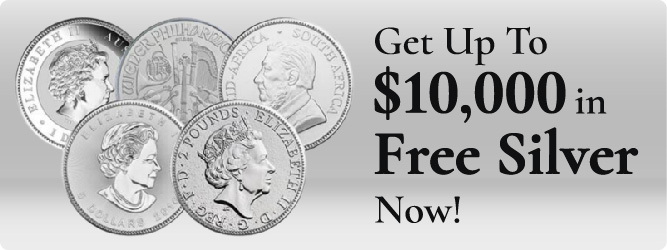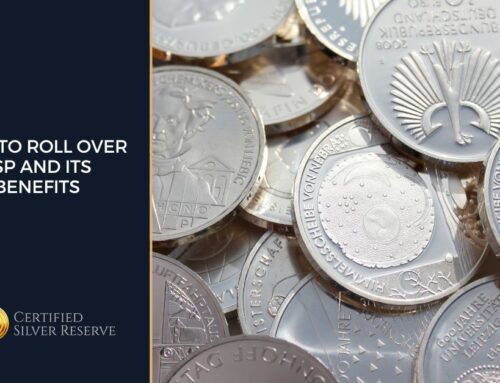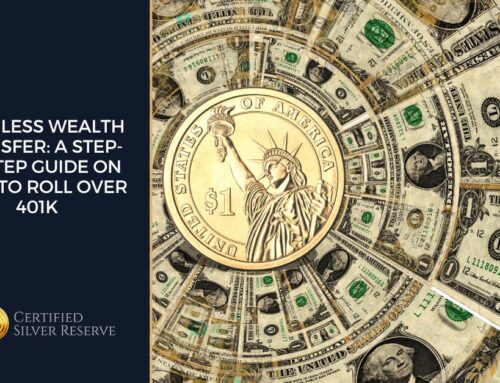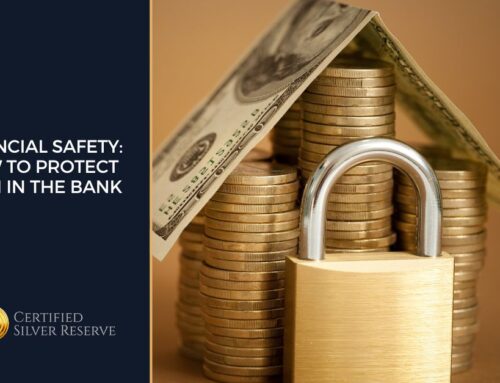De-dollarization refers to the process by which countries and individuals reduce their reliance on the U.S. dollar in international trade and financial transactions. While de-dollarization has been a topic of discussion for several years, it is essential to understand that it is a complex and gradual process that involves numerous factors and does not necessarily imply an imminent crash of the U.S. dollar.
Here are some key points to consider:
- Reasons for De-dollarization: Several reasons drive de-dollarization efforts in distinct parts of the world. These include concerns about the potential misuse of the U.S. dollar’s dominant position for economic and political purposes, a desire to reduce exposure to U.S. financial regulations and sanctions, and efforts to diversify risk in international trade.
- Accelerating De-dollarization: Some countries have indeed taken steps to reduce their dependence on the dollar. For example, they may sign bilateral trade agreements that bypass the dollar, settle transactions in other currencies, or accumulate reserves in alternative assets like gold, silver, or foreign currencies.
- Gold and Silver as Safe Havens: Historically, gold and silver have been considered safe-haven assets during times of economic uncertainty and currency devaluation. Investors often turn to precious metals as a store of value when they are concerned about the stability of fiat currencies, including the U.S. dollar.
- Dollar Crash Scenario: A sudden and severe crash of the U.S. dollar is a significant event that would have far-reaching global consequences. While it is impossible to predict such an event with certainty, it is essential to note that the U.S. dollar remains the world’s primary reserve currency and is deeply integrated into the global financial system. Any substantial decline in the dollar’s value would be accompanied by a range of economic and geopolitical challenges.
- Diversification Strategy: Investors often consider diversifying their portfolios to mitigate risks associated with currency fluctuations and economic uncertainty. Adding some exposure to precious metals like gold and silver can be part of a broader diversification strategy.
In summary, while de-dollarization efforts have been ongoing in some regions, the U.S. dollar’s status as the world’s primary reserve currency is deeply entrenched. A sudden and complete crash of the dollar is likely, but gradual changes in the global monetary landscape may continue. Gold and silver can serve as safe-haven assets in times of economic uncertainty, it is essential to consult with one of our specialists that are on standby to assist and consider helping your investment goals and risk tolerance when making investment decisions.








